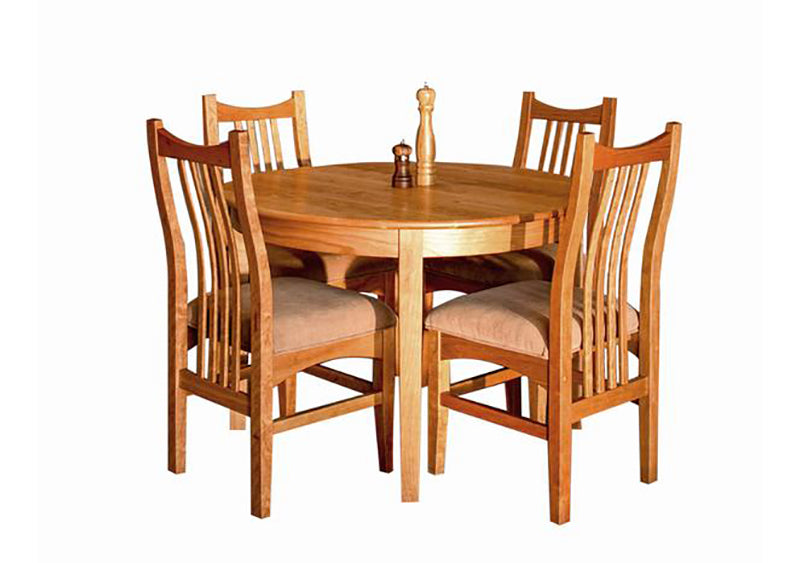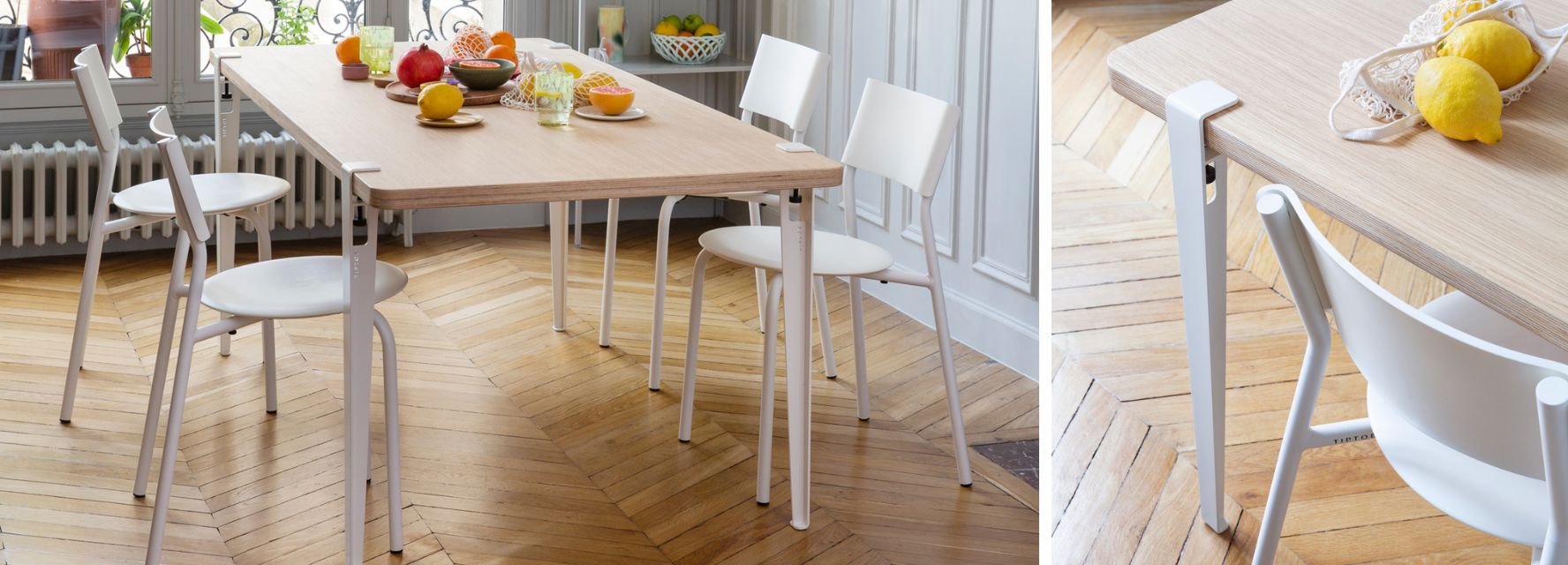Tips for Installing Dining Room Table Legs for a Modern Look
Tips for Installing Dining Room Table Legs for a Modern Look
Blog Article
From Standard to Modern: Discover the Ideal Dining-room Table Legs for Your Style
The choice of dining-room table legs plays a critical duty in specifying the overall personality of your area, bridging the space between traditional workmanship and modern visual appeals. While timeless styles such as cabriole and transformed legs evoke a feeling of ageless elegance, modern styles like barrette and geometric options offer a possibility for striking aesthetic interest. Examining the right equilibrium in between these designs calls for a nuanced understanding of your existing decor and individual preference. As you consider these aspects, the question stays: how can you seamlessly incorporate these varied leg styles to produce a harmonious eating experience?
Comprehending Table Leg Styles
The selection of eating area table leg designs can significantly influence both the appearances and functionality of the space. Each leg design contributes distinct visual aspects and useful attributes, dealing with varied style preferences and use requirements. Comprehending these designs is crucial for selecting the right table that straightens with your overall interior decoration vision.
For example, conical legs provide a tidy, traditional look that can enhance an area's beauty, while pedestal bases offer stability and take full advantage of legroom, making them suitable for smaller sized rooms. Hairpin legs, a hallmark of mid-century modern layout, present a commercial panache, enabling for an airy, open feeling. Trestle legs stimulate rustic charm, supplying durable support and a feeling of timelessness.
Moreover, the option of materials plays a considerable function. Wood legs can bring heat and structure, whereas steel options often share a smooth, contemporary vibe. Inevitably, understanding table leg designs is important for developing a natural dining area that mirrors individual style while ensuring usefulness and comfort. By attentively taking into consideration these aspects, you can enhance both the practical and visual charm of your eating space.
Standard Table Leg Options
When picking dining-room table legs, traditional choices commonly embody classic sophistication and craftsmanship. These designs show an abundant heritage and a commitment to quality, making them suitable for those who value traditional aesthetic appeals.
One of one of the most renowned standard leg designs is the cabriole leg, defined by its elegant bent form. This design usually includes attractive makings and is most generally discovered in Queen Anne and Chippendale furnishings. An additional preferred alternative is the transformed leg, which boasts a series of smooth, rounded forms that provide a classic look while preserving stability.
Moreover, the straight leg, while basic, uses a basic and sturdy structure that can blend effortlessly with a range of tabletop styles. For those drawn to ornate outlining, claw-and-ball feet legs evoke a sense of majesty and can offer as a stunning centerpiece in any kind of eating area.
Lastly, stand bases, although not purely legs, offer an alternate traditional option that permits enough legroom hop over to here and can be beautifully sculpted. Each of these conventional leg styles contributes to the general ambiance of a dining-room, marrying feature with aesthetic appeal.

Modern Table Leg Styles
Modern table leg designs offer a varied variety of designs that stress tidy lines and innovative products. These designs typically focus on performance while acting as striking focal factors within a dining room. Minimalist click here to read aesthetics are widespread, with legs crafted from materials such as metal, glass, and crafted wood, which add to a airy and modern feel.
One popular style is the barrette leg, characterized by its slim, conical structure that supplies security without overwhelming the tabletop (dining room table legs). This design is usually located in mid-century modern furniture and can easily enhance numerous dining table shapes. One more pattern is using geometric forms, where legs might handle asymmetrical or angular forms, including visual interest and a touch of creativity

Blending Styles for Unique Spaces
Frequently, homeowners seek to develop one-of-a-kind dining spaces that mirror their personal style by blending numerous style components. This method enables the incorporation of diverse visual appeals, causing a harmonious yet distinctive setting. As an example, pairing a rustic wooden table with streamlined, contemporary metal legs can develop an attractive contrast that raises the space's general charm.
In addition, incorporating vintage table legs with contemporary table tops can stimulate a sense of background while maintaining a modern-day sensibility. Such mixes not only display private preference however also motivate creativity, permitting property owners to curate a room that feels both individual and inviting.
Shade plays an important role in this mixing procedure; selecting table legs that complement or contrast with the existing color pattern can enhance aesthetic rate of interest. Whitewashed legs can soften the boldness of a dark table surface area, creating a balanced visual.
Tips for Picking the Right Legs
Choosing the right table legs is important for accomplishing both functionality and aesthetic allure in your eating space. Begin by taking into consideration the total style of your area. Typical settings profit from legs that include elaborate carvings or turned designs, while contemporary rooms may require smooth, minimalist designs.
Next, analyze the elevation and security of the legs. dining room table legs. Common eating tables range between 28 to 30 inches in height, so guarantee the legs complement this dimension for comfort. Additionally, durable products, such as hardwood or steel, can improve security and longevity
Examine the leg shape as well-- options include straight, tapered, or pedestal layouts. Straight legs offer their website a traditional look, while conical legs can include a touch of elegance. Pedestal bases supply adequate legroom and are excellent for smaller sized areas.
Conclusion
In recap, choosing the perfect eating area table legs calls for careful factor to consider of both standard and modern styles. By harmonizing leg style, elevation, and material with the total design, a cohesive and welcoming environment can be attained.
The selection of eating room table leg designs can considerably affect both the aesthetic appeals and performance of the space. Inevitably, recognizing table leg styles is necessary for developing a natural dining area that mirrors individual design while making certain usefulness and comfort.One of the most iconic traditional leg designs is the cabriole leg, identified by its elegant rounded form. Straight legs use a timeless appearance, while conical legs can add a touch of style.In summary, choosing the ideal dining room table legs calls for careful factor to consider of both contemporary and standard designs.
Report this page